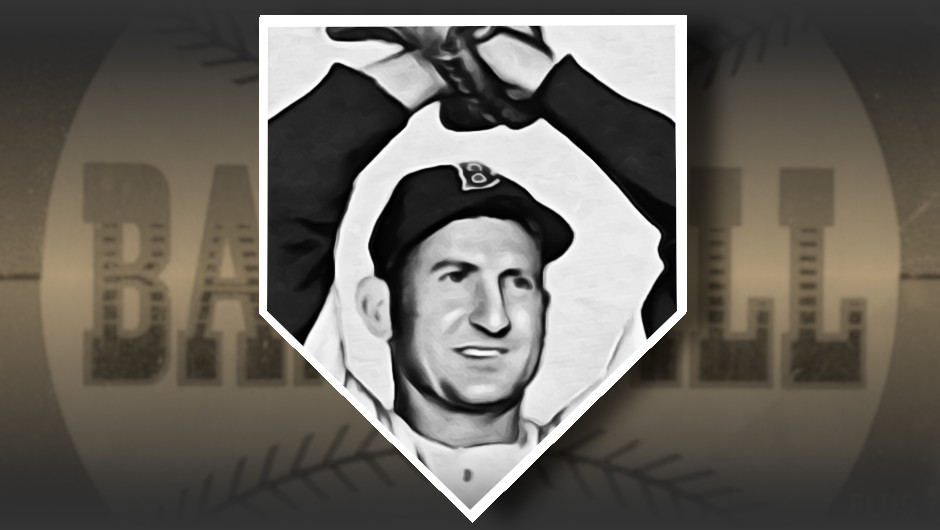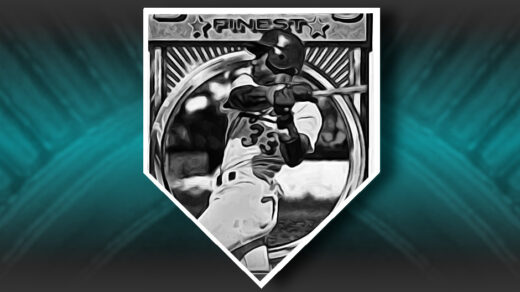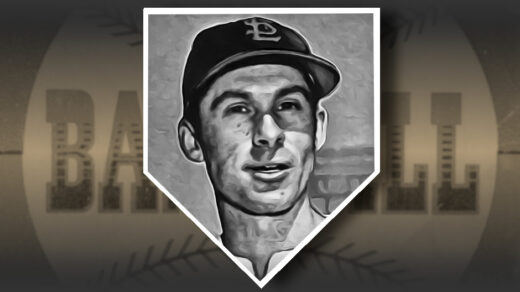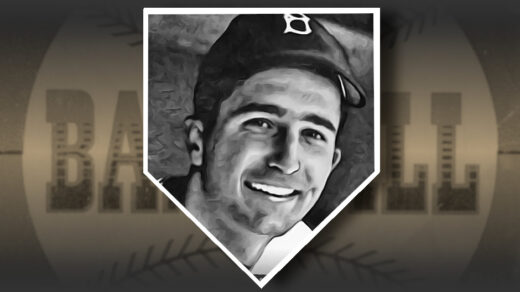My octogenarian neighbor invited me to fight him this past summer. That’s not a normal interaction, so let me explain. We live on different streets of the same neighborhood but had not had the opportunity to speak since I moved in. Whenever I saw “Mugsy,” as I will refer to him, he was always wearing a faded, dark blue baseball cap with a large letter “B” front and center. Another neighbor, a 90+ year-old resident from Boston, said he and Mugsy frequently discussed the Red Sox teams from when they were kids. Based on this information and frequent appearances of old ballcaps with the letter B, I thought there was a good chance he was a Boston fan.
I approached Mugsy one afternoon and opened by asking if this was the case. Dark storm clouds seemed to form above his head, which was fortunately shielded by one of his ever-present hats. After some introductory profanity, he asked why I would ever think he was a Red Sox fan. I pointed to his aged hat and told him about the Bobby Doerr/Ted Williams fan that lived next door. He proudly puffed up to his full 5 and half feet and exclaimed that no self-respecting baseball fan could ever root for an American League team. I then asked if he was a fan of the Brooklyn Dodgers or Boston Braves, as both used blue hats with a white letter B.
It turns out that Mugsy was a Brooklyn resident until his retirement 20 years ago. He still follows the Dodgers but refuses to touch anything with a Los Angeles logo on it, hence the Brooklyn cap. He said he forgot the Braves played in Boston, the team having moved to Milwaukee in 1953. Luckily a conversation about Gil Hodges kept the peace and started a friendship.
Not the First Time the Hat Caused Confusion
The presence of the reserve clause did not keep baseball players on the same teams forever. Trades, the Rule 5 Draft, and a stream of released players and waiver claims kept general managers busy. Topps frequently addressed the movement of players by painting over photographs in order to make subjects appear in uniform with their new team. Some of these blend in with the aesthetics of a card, while others are pretty bad. The common denominator is that something was done to address the change.

Card #51 is an exception to this in the 1952 Topps set. It features Jim Russell, an outfielder who had established himself as a dependable hitter throughout the 1940s. He is pictured in uniform for the Boston Braves, the team for which he is most remembered. The problem is that this card was issued in 1952 and he had been a member of the Brooklyn Dodgers since 1949. Topps’ color artists could have easily omitted the red brim of the Braves cap and kept the Braves shirt out of view behind the card’s nameplate. Instead, someone decided things were good enough, gave him a washed-out coloring, and moved on. Rival card manufacturer Bowman did a better job, portraying Russell in a Brooklyn uniform in its 1950 issue. Maybe it didn’t matter to Topps, as Russell had played his last MLB game in 1951 and was on his way in ’52 to his last few years in the minors.
It looks like I have the perfect Dodgers card to show Mugsy.










